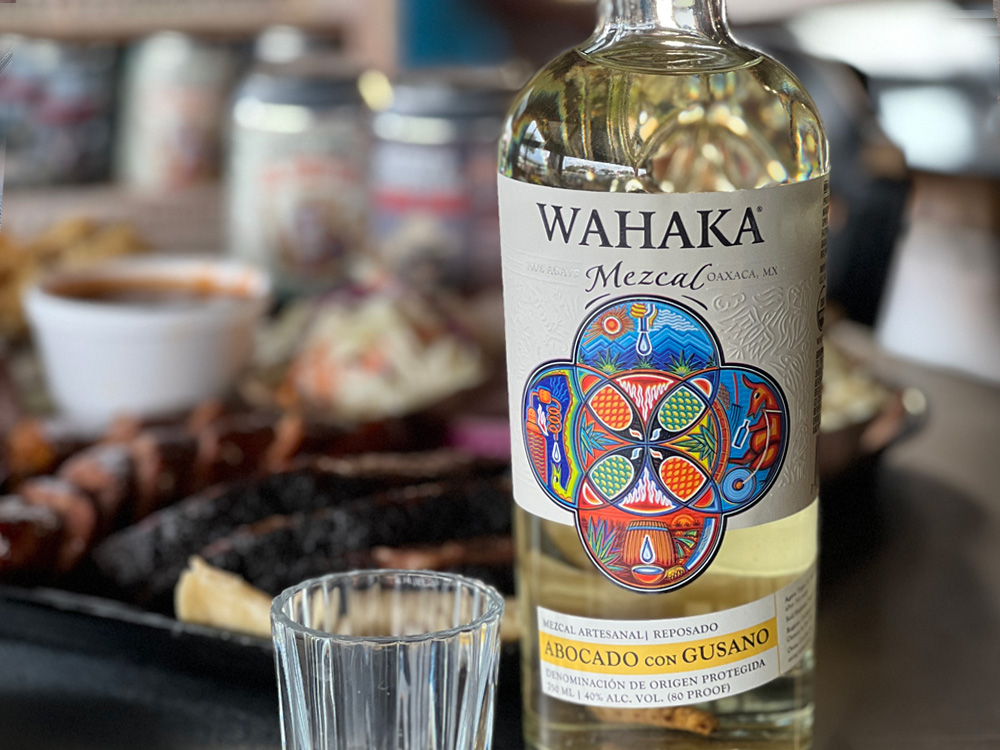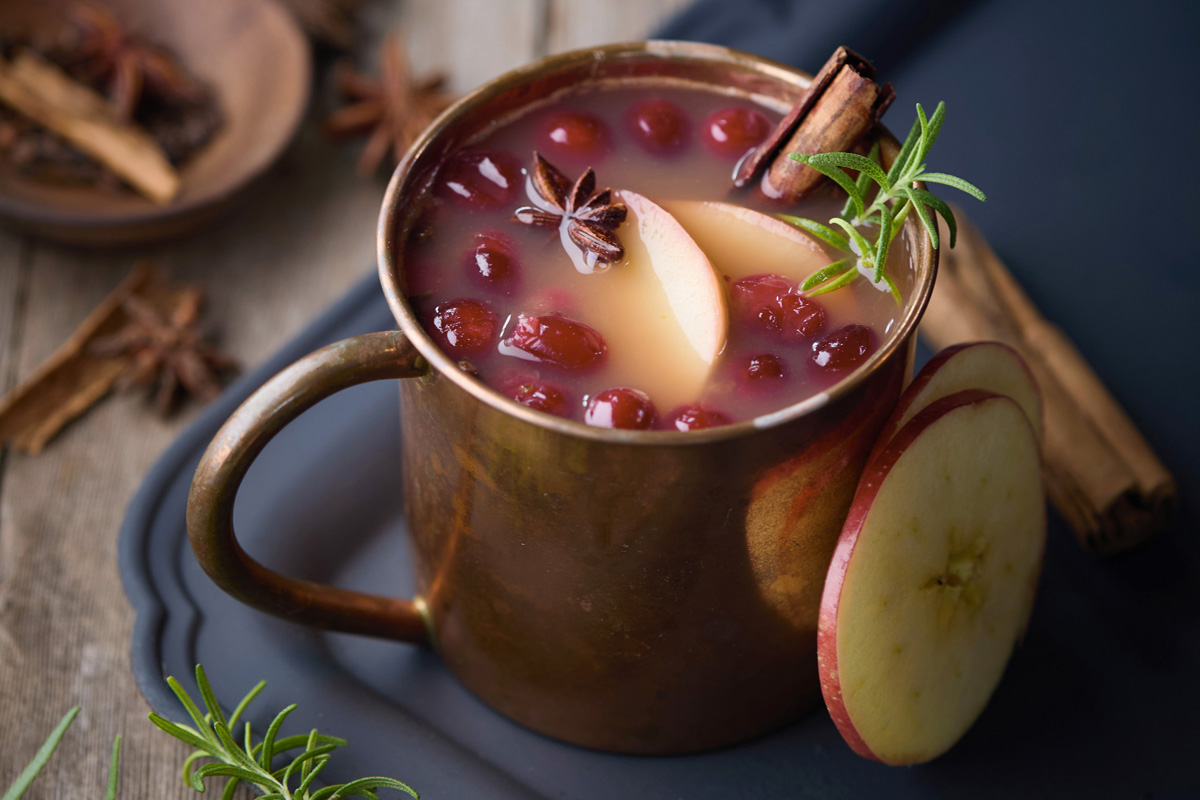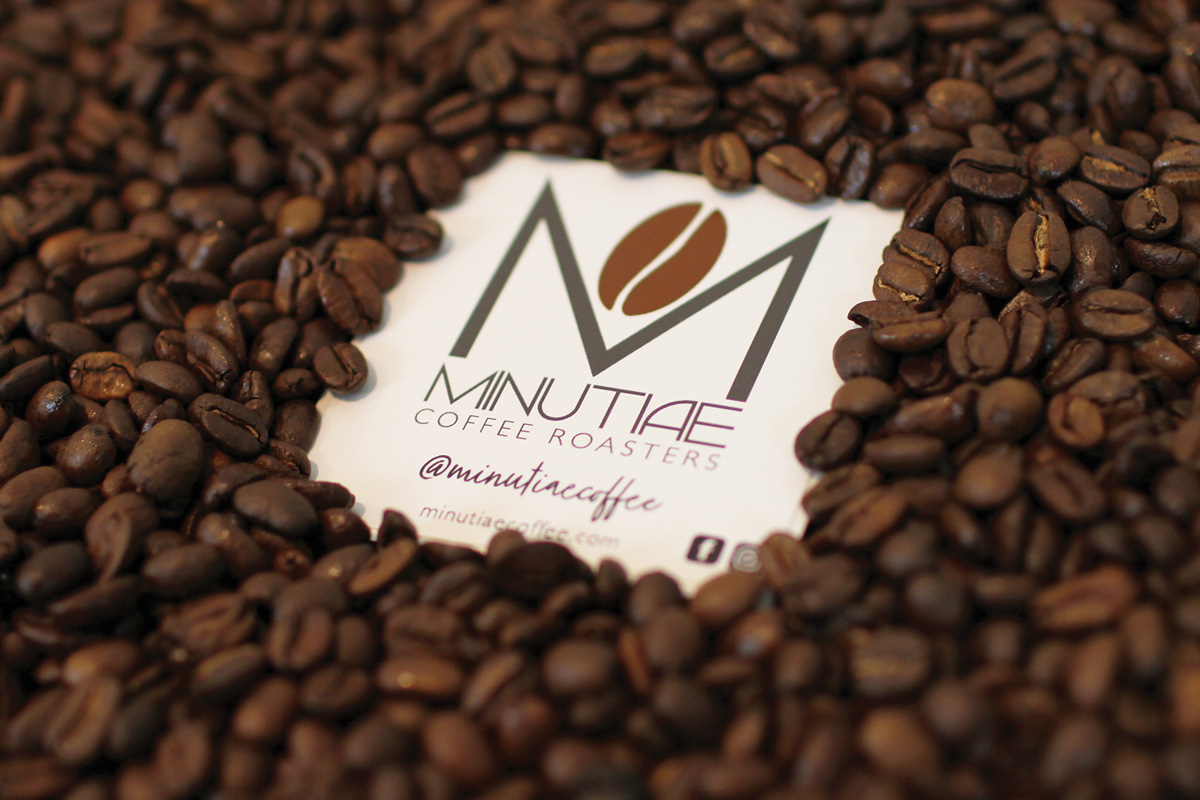NEW RESTAURANT ISIDORE OFFERS UNIQUE DINING EXPERIENCE
WORDS BY KIMBERLY SUTA I PHOTOS BY CHRIS PRAETZEL

Foraging for food is an ancient practice that likely began when the first human walked the Earth almost three million years ago. Now that procuring food is as easy as a quick jaunt to the store or pressing a few buttons on your phone and having it delivered, sadly, foraging has gone the way of the dodo.
Yet, there are a handful of chefs who still value the surprise of discovering wild food growing on public lands, in forests, along rivers and even in urban areas. For example, Chef René Redzepi’s world- renowned restaurant in Copenhagen, Noma, has not only earned a name for itself as a foraging-focused restaurant, but three Michelin stars to boot.
In San Antonio, while some chefs may forage to supplement their menu, none (that I know of) have made it a primary focus of their restaurants — until now.
Isidore, which opened its doors in August inside the Pullman Market at the Historic Pearl, has dedicated itself to foraging wild food and preserving ingredients. The restaurant offers an elevated dining experience with a menu that’s hyper-seasonal and focused on Texas ingredients, including those from local ranchers and producers.
Even the decor reflects the art of foraging with shelves filled with found objects like deer antlers. The space is meant to feel as natural and organic as the flavors it serves. Chef de cuisine, Ian Lanphear, helms Isidore’s foraging program and has been passionate about it for decades.

Photo by Kimberly Suta
“I guess I got into it as a kid eating things out of the backyard that my mom had showed me. Then later, when I began cooking, I started to connect the dots. It was a trend in the food scene, and I also got into camping and hiking, so it was a way to combine all of those elements together,” says Lanphear.
Lanphear confirms that, to his knowledge, there’s no other San Antonio restaurant that forages to the depths that they do at Isidore. The current menu features several foraged ingredients, including juniper, wax myrtle and Texas black persimmons, which I wasn’t even aware existed but am now completely obsessed with. Evidently, you can find them growing in the wild all over San Antonio. Isidore is also currently using beet succulents on the raw bar and the native perennial Hoja santa for fish entrées.
“Most of our dishes have something that has been foraged, whether it’s an oil, salt, pickled or fermented ingredient. There are a lot of unique things specific to the region of Texas — lots of plants that have historical and cultural significance, and we’re able to showcase that, as well as other ingredients that might have otherwise been forgotten. The best way to find them is walking,” says Lanphear.

Oyster selection, red snapper crudo and smoked fish dip
Although it might sound a little “wild” to eat at a restaurant showcasing ingredients plucked from an untrodden path somewhere around the city, most guests are pleasantly surprised by how approachable the menu is.
At the moment, the menu includes a cobia crudo with watermelon and wax myrtle; their addictive popcorn chicken with house hot sauce and a popcorn velouté; a nabe, a Japanese-style of hot pot with farm vegetables, Texas grains and mushroom dashi; a heritage half-chicken with pesto rosso, salsa verde, served with sourdough cecamariti pasta; and Lanphear’s favorite, an ingenious dish dubbed yuba and cream.
“It’s simple but very technique-driven. The focus here is on Texas dairy. We make our own fresh cheese in-house that’s filled inside a milk skin, then covered in a reduction of heavy cream and Oro Bianco fat. It’s basically a dairy dumpling … it’s cheesy, rich, delicious. It’s been pretty mind-blowing for our guests,” says Lanphear.
One of the most admirable and impressive aspects of Isidore is, just like the theory of the holographic universe in which every part contains the whole, so it is with all of the food concepts at the Pullman Market. They have a symbiotic relationship of sorts where nothing goes to waste.
“Fife & Farro makes fresh mozzarella, so we take the whey which would otherwise be discarded and use it on our menu,” explains Lanphear.

Dry aged Wagyu bone in strip with beeswax potatoes, marigold bearnaise
It’s easy to see that every step Lanphear has taken from foraging in his backyard with his mother to working with chef Michael Sohocki at Gwendolyn, which strictly showcased local ingredients, to offering specialty pop-ups through Naibor, has led him down a well-foraged path to an idyllic new home at Isidore.
Keep an eye out for happy hour and other creative programming hosted on the communal patio next to the restaurant, likely highlighting their selection of superb American whiskeys and some lost things which Lanphear has blissfully found and subsequently transformed into irresistible delights. To learn more visit, isidoresatx.com.
About the Contributor
Kimberly A. Suta is editor of Edible San Antonio, a filmmaker, food writer, event planner, culinary tour guide and has a media company called Homegrown Chef. She loves nothing more than sharing the phenomenal food, chefs and restaurants that San Antonio and Texas have to offer.






